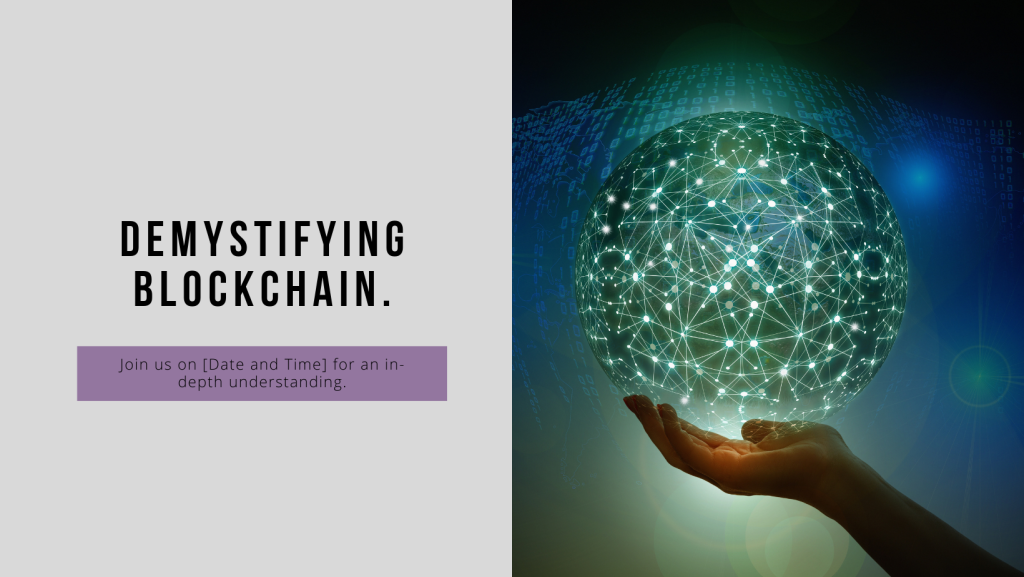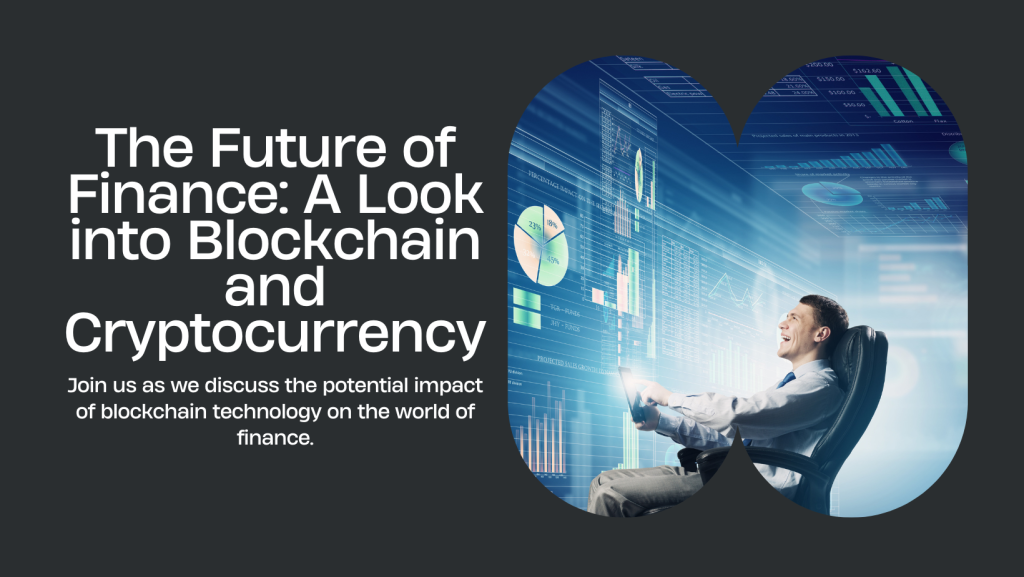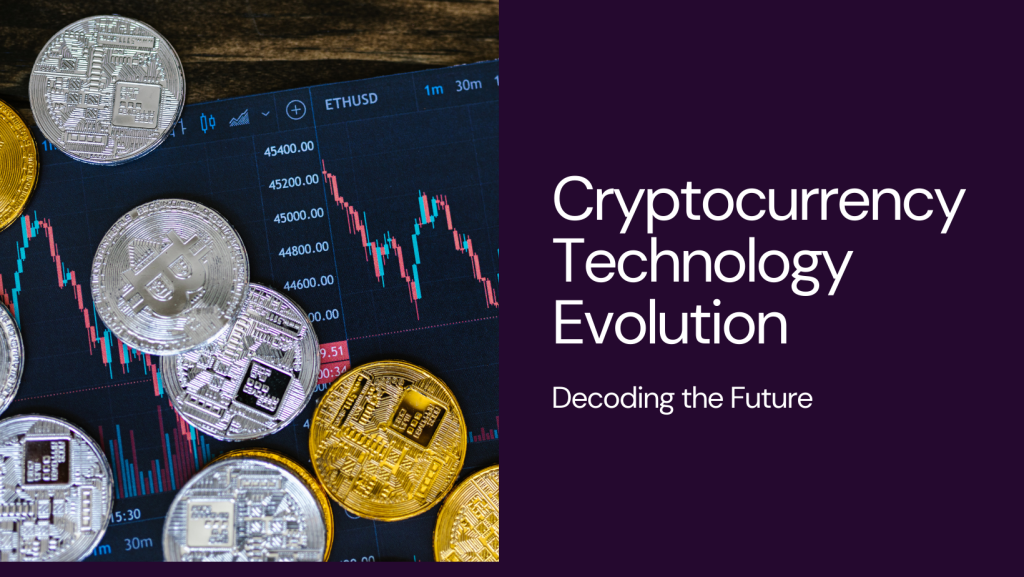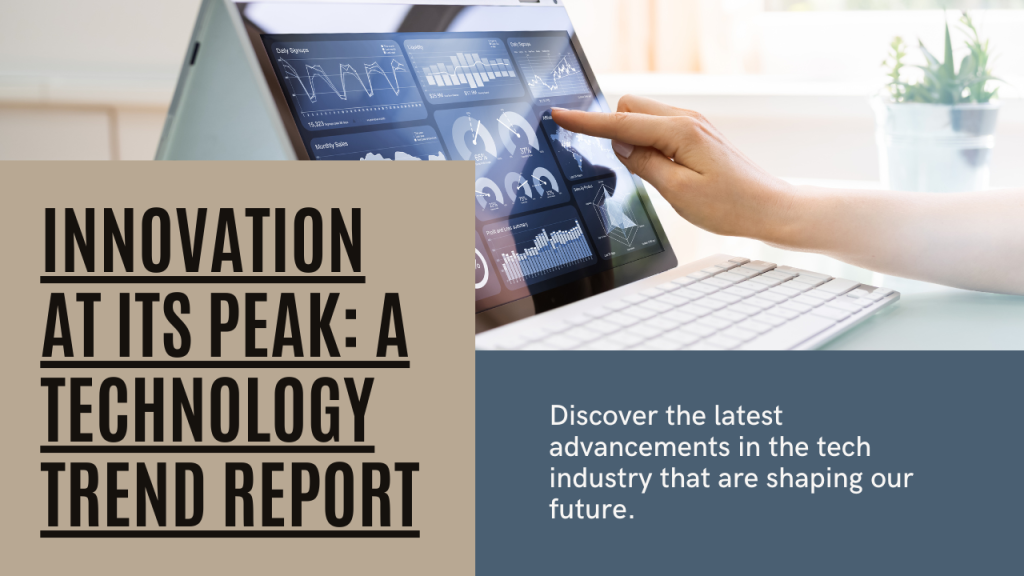The world of banking has quickly changed due to cryptocurrency, which has brought both new opportunities and difficulties for firms, authorities, and investors. Blockchain technology, a decentralised ledger system that guarantees transaction security, immutability, and transparency, is at the core of this digital revolution.
Blockchain’s Effect on Finance: Peer-to-peer transactions are made possible by blockchain technology, which eliminates the need for middlemen like banks or payment processors. In comparison to traditional banking systems, this decentralised method offers higher efficiency, reduced transaction costs, and more financial inclusion. Furthermore, the tamper-resistant feature of blockchain improves security and trust by reducing the possibility of fraud and unauthorised changes.
The Emergence of Digital Assets: The cryptocurrency market has grown rapidly in the last few years, and new investment opportunities and digital assets are constantly appearing. The market is still dominated by Bitcoin, the original cryptocurrency, but other coins with interesting features and uses, including Ethereum, Ripple, and Litecoin, are gaining popularity. Furthermore, the advent of decentralised finance (DeFi) platforms offers creative ways to lend, borrow, and trade digital assets, increasing the ecosystem’s usefulness and uptake.
Overcoming Regulatory Obstacles: As the cryptocurrency industry develops, governments and financial agencies are under increasing pressure to impose clear regulations. Regulations are designed to protect investors, stop money laundering, and maintain market stability without impeding technical advancement or innovation. For governments around the world, finding a balance between encouraging innovation and safeguarding consumers continues to be a critical issue.
Gazing Forward:
In spite of market turbulence and governmental obstacles, cryptocurrencies and blockchain technology seem to have bright futures. It is anticipated that further developments in security, interoperability, and scalability will propel integration and widespread use in a number of industries, including digital identification, supply chain management, and banking. It will be essential to stay informed, use caution, and embrace innovation as the ecosystem changes in order to successfully navigate the benefits and hazards that come with this game-changing technology.



















